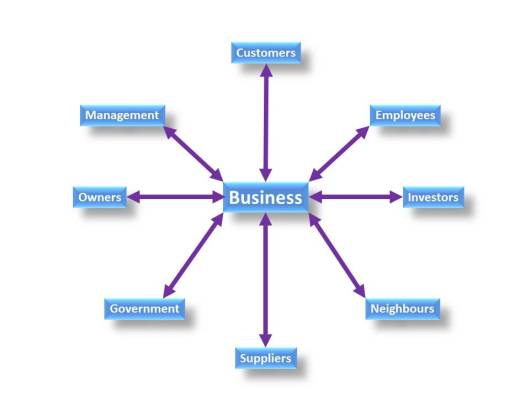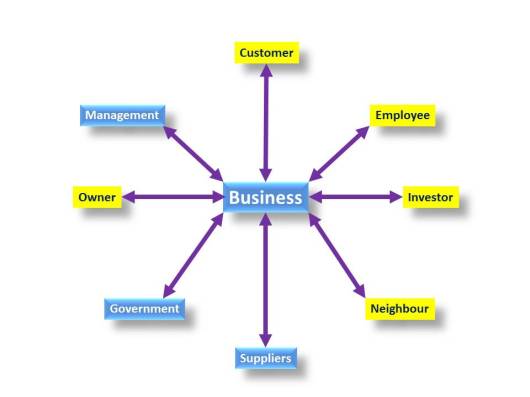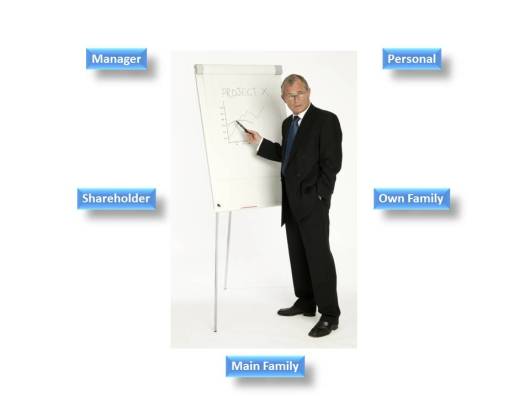Last week’s debate on energy costs and the recommendations by Chris Huhne [UK Secretary of State for Energy and Climate Change] for us to switch users really got me mad – why on earth would any sane business encourage its loyal customers to take their business elsewhere. When I’m helping my clients with customer care, I always start out with a recommendation that they work on customer retention.
All the evidence I’ve ever seen says that it costs more to get a new customer than it does to retain an existing one and even more to recruit one who has defected to a rival. Yet the strategy of the major energy providers [aided and abetted by the Energy Secretary] is to penalise loyal customers and reward those who defect.
I’ve just seen exactly the same strategy in play with my car insurance providers – my policy was due for renewal at the weekend. Last year my insurer quoted a renewal premium which was eye-watering! So I visited a price comparison site and I eventually got a deal with a reputable insurer for just over a third of the quoted cost. This year, my insurer’s renewal quote was higher than last year’s premium but the increase was less than I had expected from stories in the press.
I got a reminder from the price comparison site so I submitted a request and got three surprises:
- My renewal quote was about 15% over the lowest
- The company I was then with offered me a lower priced deal via the price comparison site!
- My previous insurer offered the third lowest price [and included an introductory bonus!]
All this with no changes to the conditions, same car, same record, same job etc.
My next surprise was when I phoned my insurer to ask if they would do the renewal at the price I’d obtained over the internet – but they wouldn’t honour the offer, so I’ve got a new insurer now!
So three questions for the insurance and energy companies:
- Why don’t you just offer your current customers the best possible deal?
- Why do you encourage them to check out your competitors’ offers?
- How much does it cost you to process all of these changes?
When I work with customers I recommend that they focus their attention on the “3Rs”:
- Repeat Business
- Referrals
- References
Give it a try! Building customer loyalty works for me and my customers and is the theme of this upcoming conference: Loyalty Beyond Reason





